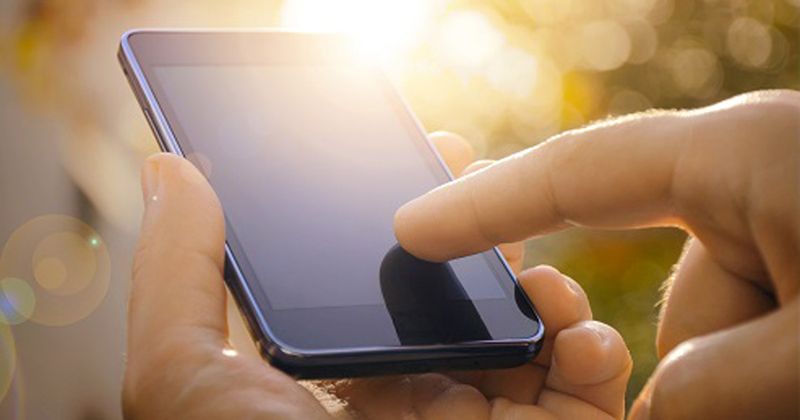Empathy-oriented telephone program benefits adults at risk for mental health problems
A layperson-delivered, empathy-oriented telephone call program improved participants’ mental health during the COVID-19 pandemic, according to results of a randomized clinical trial published in JAMA Psychiatry.
“In March 2020, we became aware of the challenges facing Meals on Wheels Central Texas (MOWCTX) clients because of reduced contact,” Maninder K. Kahlon, PhD, of Dell Medical School at the University of Texas at Austin, and colleagues wrote. “In response, we designed a program that could be rapidly spun up and deployed. The telephone call program involves laypeople engaging regularly, with empathetic intention, through telephone calls with participants. Empathy was functionally defined as prioritizing listening and eliciting conversation from the participant on topics of their choice.”

The investigators aimed to determine whether this telephone intervention improved loneliness, depression and anxiety among at-risk adults. They recruited 240 adults between July 6, 2020, and Sept. 24, 2020, who they assigned via block randomization to receive calls or no calls. Participants were aged 27 to 101 years, 63% were aged 65 years or older, 56% lived alone, 79% were women, 39% were Black or African American, 22% were Hispanic or Latino and all reported at least one chronic condition. At enrollment and after 4 weeks, they used validated scales to measure loneliness, depression and anxiety. Further, the researchers conducted intention-to-treat analyses. They analyzed data of MOWCTX clients who fit their service criteria, such as being homebound and expressing a need for food. For the intervention, 16 callers aged 17 to 23 years who were briefly trained in empathetic conversational techniques each called six to nine participants over 4 weeks daily for the first 5 days. Clients then chose whether to reduce their calls to no less than two calls per week. Loneliness, assessed via the three-item UCLA Loneliness Scale and the six-item De Jong Giervald Loneliness Scale, served as the primary outcome. Secondary outcomes included depression assessed via the Personal Health Questionnaire for Depression, anxiety assessed via the Generalized Anxiety Disorder scale and self-rated health assessed via the Short Form Health Survey Questionnaire.
A total of 13 participants were lost to follow-up in the intervention arm and one in the control arm. Per post-assessment differences between intervention and control after 4 weeks, the researchers noted improvements of 1.1 on the UCLA Loneliness Scale (95% CI, 0.5-1.7) and of 0.32 on De Jong (95% CI, 0.2 to 0.81) for loneliness; of 1.5 on the Personal Health Questionnaire for Depression (95% CI, 0.22-2.7) for depression; and of 1.8 on the Generalized Anxiety Disorder scale (95% CI, 0.44-3.2) for anxiety. Although they observed no change in general physical health on the Short Form Health Questionnaire Survey, they did see improvement of 2.6 in mental health (95% CI, 0.81-4.4).
“The use of lay callers, deliberate but brief approach on training and the use of ubiquitous telephones made the approach easily deployable and scalable,” Kahlon and colleagues wrote.

